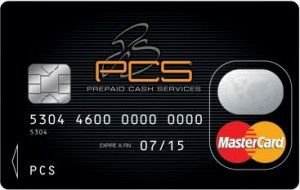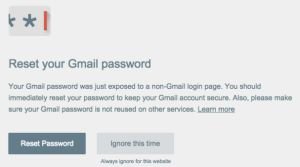Scammers often ask their victims to send money in the form of PCS mastercard refill coupon.
Many of you come to 1sc.org after a request concerning the PCS MasterCard in your Internet search engine. Most of the time, you had never heard of PCS mastercard before.
What is behind that name? And why has it become the preferred tool for scammers to make you sending money to them ?
The PCS mastercard is a payment tool, which looks like a credit card. It also has much in common with a classic credit card as your traditional bank can deliver you. With a PCS mastercard, it is both possible to pay any merchant that accepts credit cards and withdraw money in from the whole affiliated Mastercard network, i.e. almost all ATM machines.
Benefits the crooks have clearly understood
The main difference between a credit card from your bank and a PCS mastercard is that the former is not connected to any bank account and then is completely anonymous. You can buy it in any PCS sales point worldwide without having to provide any identity.
This is already a great advantage for those who want to remain discreet under some barely lawful operations. But this is not the only advantage. PCS mastercards are being credited by PCS refill coupons, also easily available worldwide.
In the manner of a gift card or phone recharge, a PCS card refill coupon is credited with a certain amount. The PCS card is recharged by entering the code on the refill coupon. This is convenient for honest users who have a way to get a payment card with expense limited by the amount credited through those refill coupons. No way to make an overdraft.
But it is also a very interesting aspect for scammers. Indeed, in correspondence with their victims, scammers ask their targets to buy refill coupons and send them the code. In this way, scammers credit their PCS card with money from their victims. This is anonymous and irreversible, it is then impossible for victims to get refunded or find the crooks afterwards
A PCS mastercard can be a great payment tool for honest users, but is also a good tool for scammers to receive money during Internet scams. Our best advice is to run away as soon as a person met on the Internet asks you to send money via PCS card refill coupons.



